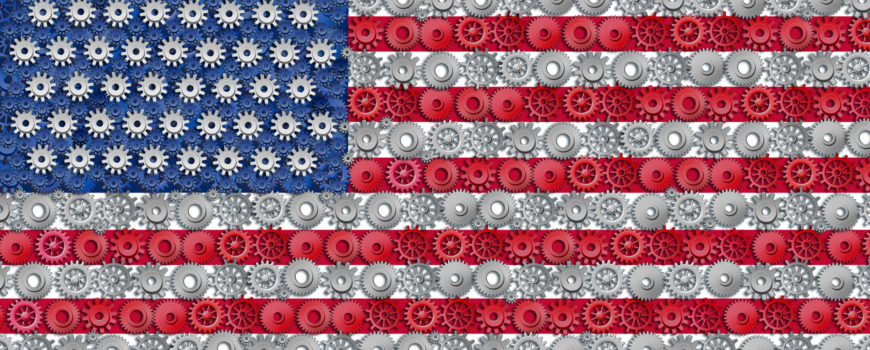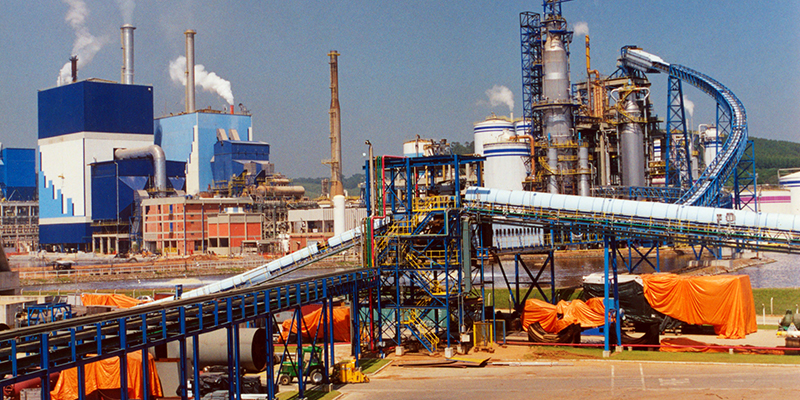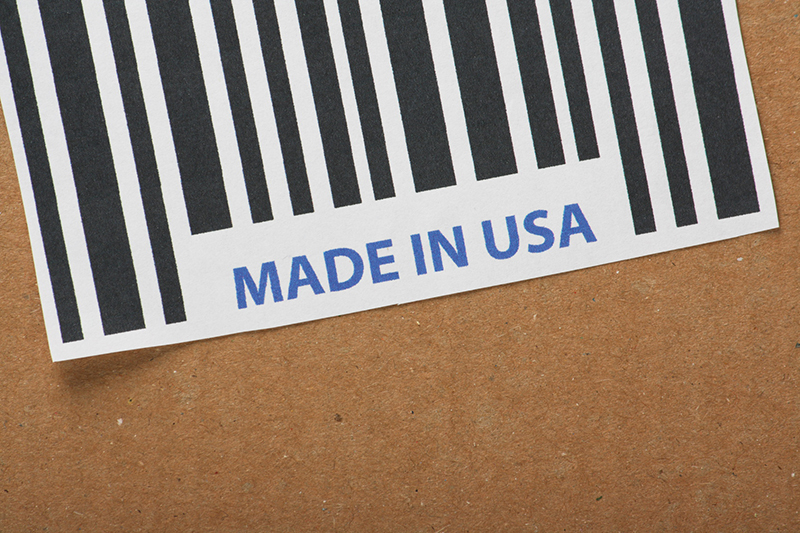Have you ever bought something because it read the label, “Made in the U.S.A.“? We’ve all been there. We all like American-made products and we value what’s constructed in our own country. Although the number is increasing, not a lot of products are made in the U.S. In fact, about 50% of the products we use are made in China. However, America is trying to even the playing field. With our increased knowledge of mechanical engineering and the US manufacturing schools available, more and more products involve manufacturing in the USA.
Furthermore, a new technology has advanced over the years — CNC machining and manufacturing. CNC manufacturing is a manufacturing process where a pre-programmed computer controls tools and machines. This is done through CNC automation, where computers and machines do all the work for us. This has created a mechanical engineering breakthrough leading to more excitement surrounding the United States manufacturing industry. But since China still makes over half of the products we use, what’s manufactured in the United States? See below for a list of the most popular products made on U.S. soil:
-Primary Metal
-Machinery
-Transportation Equipment
-Weber Grills
-Tesla Roadsters
-Harley Davidson Motorcycles
-Whirlpool Appliances
-KitchenAid Mixers
-GE Hot Water Heaters
-Stihl Gas-Powered Equipment
From machinery to kitchen mixers, the United States still makes some of the more important products that we use in our everyday lives. And with CNC manufacturing leading the way in mechanical engineering, machines are working smarter and more effectively. In addition, education for the mechanical industry is getting better year after year. Mechanical engineering schools are popping up everywhere and more people are realizing the importance of these skills.
Increased Productivity and Lower Costs Lead to US Manufacturing
With more and more products being manufactured in the United States, there has to be a reason why our production efforts have increased. One of them is our productivity. American workers have been proven to be more productive in the workplace. They are paid higher than employees are in other countries and the work environments are more enjoyable. With child-labor issues happening in China and other countries, more people choose American-made products for that reason alone. Another cause for increased U.S. manufacturing is shipping costs. Every day, it is getting more expensive to export materials from one country to the next. In order to save on costs and produce high-quality, dependable products, many manufacturing companies are choosing the United States are their hub.
The U.S. Prefers American-Made Products
The average American will choose an American-made products over one that’s produced in another country. Although China leads the pack for most of the products we use, that number is starting to decrease. One reason for the change is CNC manufacturing. As our technology gets more advanced, CNC automation and machining is growing in popularity. From production benefits to saving on costs, CNC manufacturing is here to stay.
If you’re looking for a professional, modern manufacturing company you can depend on, Tag Team Manufacturing is the company for you. We’ve been in business since 1987 and we specialize in machining CNC precision components for OEM’s in a wide range of different industries. We work with engineers to design effective materials that work properly and that last for many years to come. If you would like to learn more about Tag Team Manufacturing, don’t hesitate to give us a call today!







